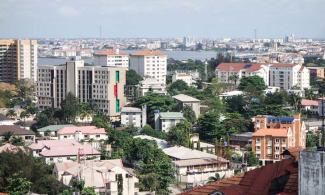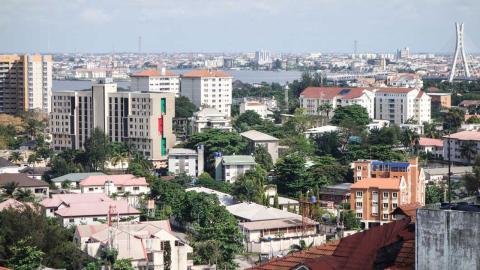
The report said, “The real estate sector performance has remained lacklustre since 2016 and has recorded a positive GDP growth just once in the past 15 quarters."

Analysis by CSL research has showed that the housing industry in Nigeria grew once since 2016.
Using data from the Central Bank of Nigeria, the financial analysis firm discovered that loans granted to the real estate sector has recorded seven consecutive quarterly declines, stretching back to q3 2017.
The report said, “The real estate sector performance has remained lacklustre since 2016 and has recorded a positive GDP growth just once in the past 15 quarters.
“Deposit Money Banks' credit to the real estate sector maintained a downward trend in Q2 2019, the seventh consecutive quarterly decline since Q3 2017.
“Total credit to the real estate sector declined 4.2 per cent q/q and 22.9 per cent y/y to N1.8trn in Q2 2019.”
The recessionary trends have impacted negatively on firms in the housing industry as well, as shown by UACN Property Development Company, which reported a decline of 42 per cent in revenue and made a pre-tax loss of N9.2bn in FY 2018.
CSL’s explanation for the state of the real estate industry is the shrinking disposable income available to Nigerians and the high mortgage rates in the country.
Citing a recent survey carried out by the CBN, CSL said the loan facilities made available by DMB’s for purchasing or building a home ranged between 14.0 per cent and 36.5 per cent.
The report added, “A plethora of perennial systemic issues continue to inhibit the sector's recovery. One of such factors is the high mortgage rates in the country.
“A recent survey carried out by the CBN revealed mortgage rates across 23 banks in the country ranged between 14.0 - 36.5 per cent.
“Furthermore, consumer pockets remain severely pressured which has seen consumers opt for cheaper housing alternatives with the concept of shared apartments becoming a rising phenomenon.”